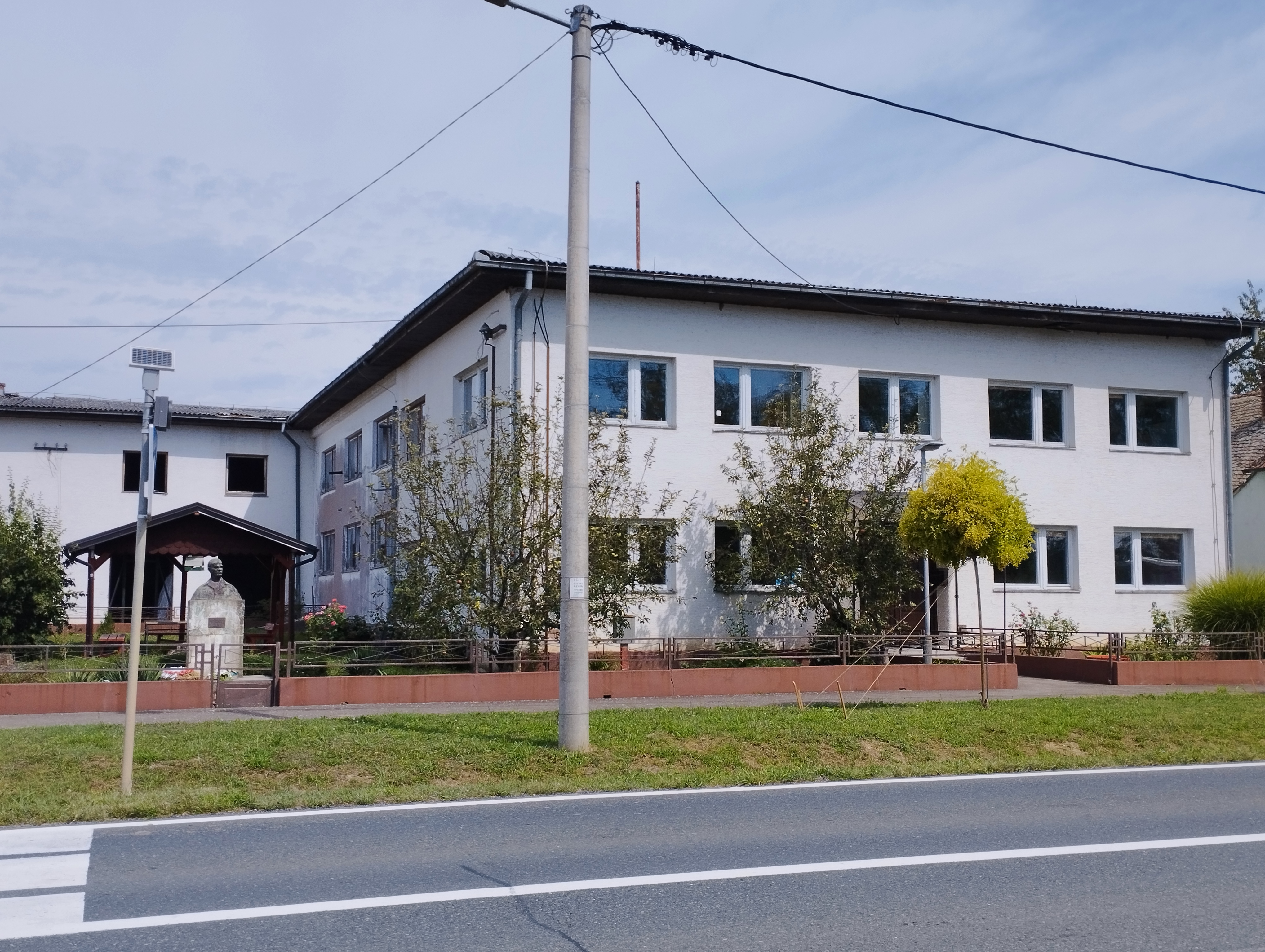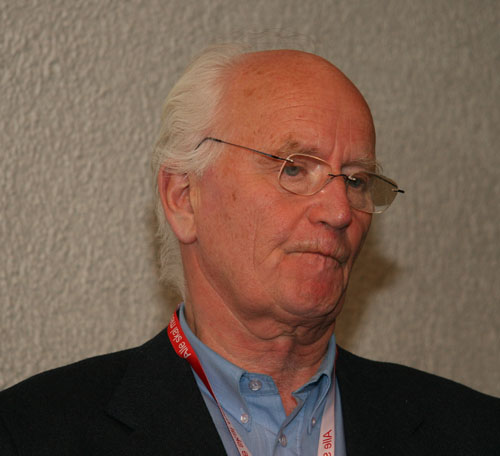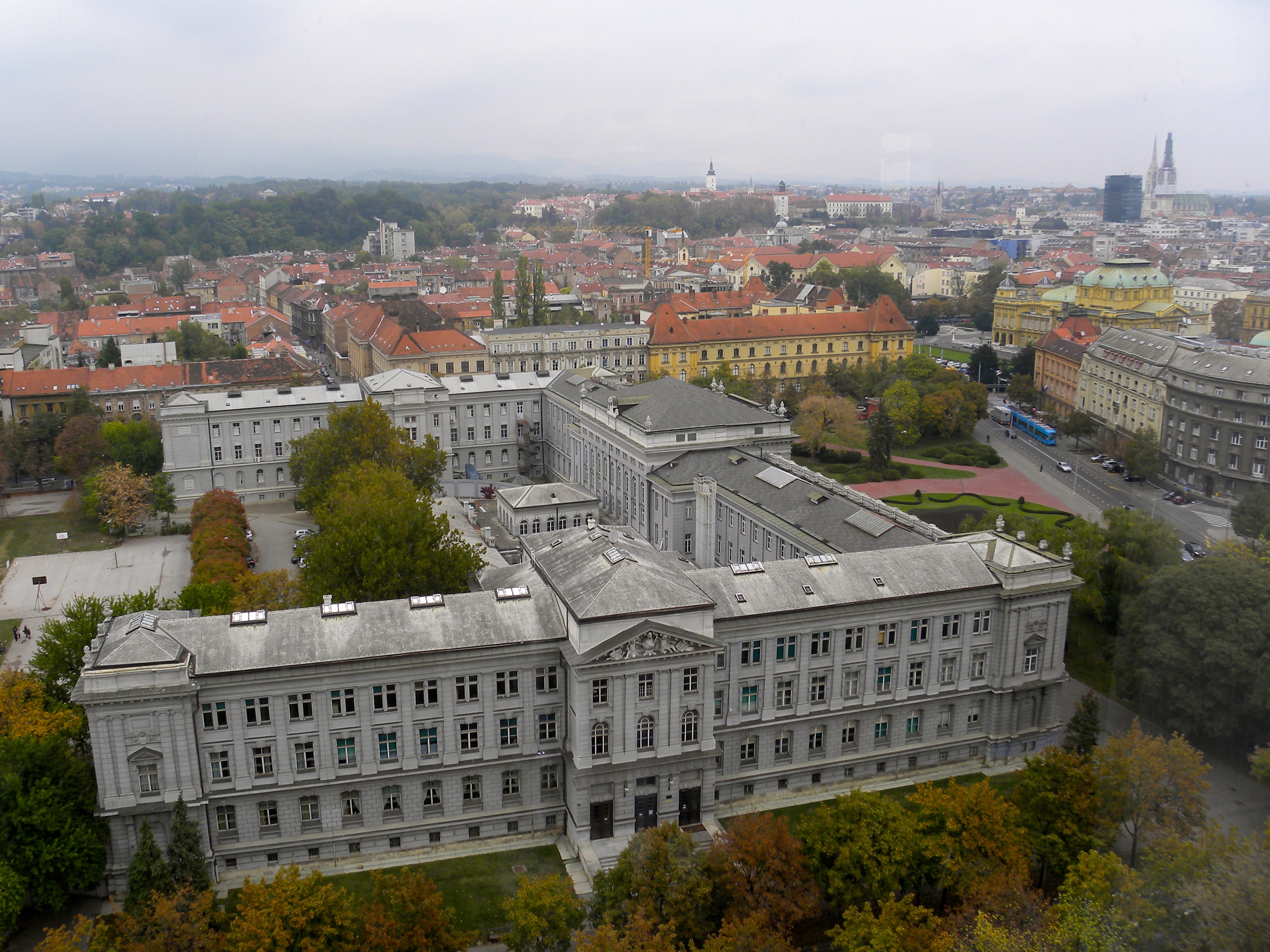|
Dalj High School
Dalj High School ( hr, Srednja škola Dalj, sr-Cyrl, Средња школа Даљ) is a public high school in Dalj, Croatia. The school offers the students the following educational programs: Economist, Commercial Officer (in Serbian), Agricultural Technician and Agricultural Technician General. In accordance with rights derived from Erdut Agreement Serbian minority in this school use right of education in minority language. For this reason, students can attend classes in Croatian or Serbian language and Serbian Cyrillic alphabet. Student cooperative In the high school since the beginning of the nineties operates Student cooperative. On a voluntary basis students can participate in the work in orchard, greenhouse, wine cellar, hothouse, pond or apiary. See also * Dalj * Erdut Municipality * Cultural and Scientific Center "Milutin Milanković" * Education in Croatia Education in Croatia is a right defended by Article 66 of the Constitution which states that everyone is ent ... [...More Info...] [...Related Items...] OR: [Wikipedia] [Google] [Baidu] |
State School
State schools (in England, Wales, Australia and New Zealand) or public schools (Scottish English and North American English) are generally primary or secondary educational institution, schools that educate all students without charge. They are funded in whole or in part by taxation. State funded schools exist in virtually every country of the world, though there are significant variations in their structure and educational programmes. State education generally encompasses primary and secondary education (4 years old to 18 years old). By country Africa South Africa In South Africa, a state school or government school refers to a school that is state-controlled. These are officially called public schools according to the South African Schools Act of 1996, but it is a term that is not used colloquially. The Act recognised two categories of schools: public and independent. Independent schools include all private schools and schools that are privately governed. Indepen ... [...More Info...] [...Related Items...] OR: [Wikipedia] [Google] [Baidu] |
Education In Croatia
Education in Croatia is a right defended by Article 66 of the Constitution which states that everyone is entitled to free compulsory education under equal conditions and in accordance with their aptitudes. Education is mandatory for children aged 6 to 14. The educational system in Croatia begins with preschools-kindergartens. Children start their compulsory eight year long primary education from the age of 6 or 7. After finishing elementary school, students can continue their education, based on grades in elementary school, in four year non-compulsory secondary schools that are divided by the curriculum into '' gymnasiums'', ''vocational'' (technical, industrial, trade) and ''art'' (music, dance, art) ''schools''. Since 2010, enrollment in higher educational institutions is determined by a student's scores on the Matura high-school exit exam. Institutions of higher education offer both university and professional studies. Higher education institutions are divided into polytechnics ... [...More Info...] [...Related Items...] OR: [Wikipedia] [Google] [Baidu] |
Osijek-Baranja County
Osijek-Baranja County (, hr, Osječko-baranjska županija, hu, Eszék-Baranya megye) is a county in Croatia, located in northeastern Slavonia and Baranja. Its center is Osijek. Other towns include Đakovo, Našice, Valpovo, Belišće, and Beli Manastir. History Osijek-Baranja County was established in 1992, with border changes in 1997. Stifolder The ''Stifolder'' or ''Stiffoller Shvove'' are a Roman Catholic subgroup of the so called Danube Swabians. Their ancestors once came ca. 1717 - 1804 from the Hochstift Fulda and surroundings (Roman Catholic Diocese of Fulda), and settled in the Baranja area, such as in Jagodnjak, etc. They retained their own German dialect and culture, until the end of WW2. After WW2, the majority of Danube Swabians were expelled to Allied-occupied Germany and Allied-occupied Austria as a consequence of the Potsdam Agreement. Only a few people can speak the old Stiffolerisch Schvovish dialect. A salami is named after this people. Administrative di ... [...More Info...] [...Related Items...] OR: [Wikipedia] [Google] [Baidu] |
Joint Council Of Municipalities
sr, Заједничко веће општина , logo = Joint Council of Municipalities Logo.png , size = 150px , alt = , caption = Flag of The Joint Council of Municipalities , map = Joint Council of Municipalities in Croatia and Europe.jpg , msize = , malt = , mcaption = Member municipalities in dark green , abbreviation = ZVO , formation = 1997 (due to Erdut Agreement from 1995) , founding_location = Vukovar , extinction = , affiliations = Serb National Council , status = sui generis body formed on the basis of international agreement , purpose = protection of interests of and rights of Serbs in Eastern Croatia , headquarters = VukovarStatut Zajedničkog vijeća općina, Vukovar, 2001. (''regional office in Beli Manastir''), Croatia , location = , coords ... [...More Info...] [...Related Items...] OR: [Wikipedia] [Google] [Baidu] |
Bilingual Schools
Multilingualism is the use of more than one language, either by an individual speaker or by a group of speakers. It is believed that multilingual speakers outnumber monolingual speakers in the world's population. More than half of all Europeans claim to speak at least one language other than their mother tongue; but many read and write in one language. Multilingualism is advantageous for people wanting to participate in trade, globalization and cultural openness. Owing to the ease of access to information facilitated by the Internet, individuals' exposure to multiple languages has become increasingly possible. People who speak several languages are also called polyglots. Multilingual speakers have acquired and maintained at least one language during childhood, the so-called first language (L1). The first language (sometimes also referred to as the mother tongue) is usually acquired without formal education, by mechanisms about which scholars disagree. Children acquiri ... [...More Info...] [...Related Items...] OR: [Wikipedia] [Google] [Baidu] |
Minority Schools
Minority may refer to: Politics * Minority government, formed when a political party does not have a majority of overall seats in parliament * Minority leader, in American politics, the floor leader of the second largest caucus in a legislative body Society *Minor (law), legal category of people under the age of majority **Age of majority, the threshold of adulthood as recognized or declared in law **Legal age, age at which a person may legally engage in a certain activity * Minority group, a category of people differentiated from the social majority (e.g. ethnic minority) * Sexual minority, a group whose sexual identity, orientation or practices differ from the majority of society Music * Minority (Gigi Gryce song), "Minority" (Gigi Gryce song), a 1953 jazz standard * Minority (Green Day song), "Minority" (Green Day song), a 2000 punk rock song * "Minority", a song by the Subhumans from their 1983 album ''The Day the Country Died'' Other uses * Minority (philosophy), concept coi ... [...More Info...] [...Related Items...] OR: [Wikipedia] [Google] [Baidu] |
Secondary Schools In Croatia
Secondary may refer to: Science and nature * Secondary emission, of particles ** Secondary electrons, electrons generated as ionization products * The secondary winding, or the electrical or electronic circuit connected to the secondary winding in a transformer * Secondary (chemistry), a term used in organic chemistry to classify various types of compounds * Secondary color, color made from mixing primary colors * Secondary mirror, second mirror element/focusing surface in a reflecting telescope * Secondary craters, often called "secondaries" * Secondary consumer, in ecology * An obsolete name for the Mesozoic in geosciences * Secondary feathers, flight feathers attached to the ulna on the wings of birds Society and culture * Secondary (football), a position in American football and Canadian football * Secondary dominant in music * Secondary education, education which typically takes place after six years of primary education ** Secondary school, the type of school at the secon ... [...More Info...] [...Related Items...] OR: [Wikipedia] [Google] [Baidu] |
Schools In Croatia
Education in Croatia is a right defended by Article 66 of the Constitution which states that everyone is entitled to free compulsory education under equal conditions and in accordance with their aptitudes. Education is mandatory for children aged 6 to 14. The educational system in Croatia begins with preschools-kindergartens. Children start their compulsory eight year long primary education from the age of 6 or 7. After finishing elementary school, students can continue their education, based on grades in elementary school, in four year non-compulsory secondary schools that are divided by the curriculum into '' gymnasiums'', ''vocational'' (technical, industrial, trade) and ''art'' (music, dance, art) ''schools''. Since 2010, enrollment in higher educational institutions is determined by a student's scores on the Matura high-school exit exam. Institutions of higher education offer both university and professional studies. Higher education institutions are divided into polytechnics ... [...More Info...] [...Related Items...] OR: [Wikipedia] [Google] [Baidu] |
Buildings And Structures In Osijek-Baranja County
A building, or edifice, is an enclosed structure with a roof and walls standing more or less permanently in one place, such as a house or factory (although there's also portable buildings). Buildings come in a variety of sizes, shapes, and functions, and have been adapted throughout history for a wide number of factors, from building materials available, to weather conditions, land prices, ground conditions, specific uses, prestige, and aesthetic reasons. To better understand the term ''building'' compare the list of nonbuilding structures. Buildings serve several societal needs – primarily as shelter from weather, security, living space, privacy, to store belongings, and to comfortably live and work. A building as a shelter represents a physical division of the human habitat (a place of comfort and safety) and the ''outside'' (a place that at times may be harsh and harmful). Ever since the first cave paintings, buildings have also become objects or canvasses of much artis ... [...More Info...] [...Related Items...] OR: [Wikipedia] [Google] [Baidu] |
Cultural And Scientific Center "Milutin Milanković"
The Cultural and Scientific Center "Milutin Milanković" ( hr, Kulturni i znanstveni centar "Milutin Milanković", sr-Cyrl, Културни и научни центар "Милутин Миланковић") is a public cultural and educational institution in Dalj in eastern Croatia. The Center promotes the legacy of Milutin Milanković, Serbian mathematician, astronomer, climatologist, geophysicist, civil engineer and popularizer of science. It also organizes cultural events and exhibitions, issue publications, audiovisual and promotional materials, preserve traditional heritage, organize cultural and scientific meetings, promote sustainable development and popularize science. In 2012 the Center was visited by more than 5,000 visitors. The Center is located in the birth house of Milutin Milanković. After the end of the Croatian War of Independence and the end of United Nations Transitional Administration for Eastern Slavonia, Baranja and Western Sirmium mission house remained i ... [...More Info...] [...Related Items...] OR: [Wikipedia] [Google] [Baidu] |
Dalj
Dalj ( sr-Cyrl, Даљ, hu, Dálya, german: Dallia, la, Teutoburgium) is a village on the Danube in eastern Croatia, near the confluence of the Drava and Danube, on the border with Serbia. It is located on the D519 road, south of its intersection with the D213 road and the Vukovar–Erdut railway. Administratively it is a part of the municipality of Erdut, Osijek-Baranja County. Although the namesake of the municipality is Erdut, Dalj is the largest settlement of the municipality and its administrative, cultural and economic center. History Prehistory One Scordisci archaeological site in Dalj dating back to late La Tène culture was excavated in the 1970s and 1980s as a part of rescue excavations in eastern Croatia. Archaeological site was a part of the settlement network of Scordisci in the area of Vinkovci. Croatian War of Independence During the Croatian War of Independence, the village became the site of the Dalj massacre - killing of 39 prisoners of war in August 19 ... [...More Info...] [...Related Items...] OR: [Wikipedia] [Google] [Baidu] |
Erdut
Erdut ( sr-Cyrl, Ердут, ) is a village and a municipality in eastern Croatia some 37 km east of the major city of Osijek. Lying on the border with neighbouring Serbia, it was the site of the signing of the Erdut Agreement, which initiated the UNTAES transitional administration over the Eastern Slavonia, Baranja and Western Syrmia. The village of Erdut is the third largest in the municipality, after Dalj and Bijelo Brdo. The municipality is part of the Osijek-Baranja County in eastern Slavonia. The municipal center is in the largest village of Dalj. Name and languages The name Erdut comes from the local Hungarian name (''Erdőd'') meaning "forest road". In other languages, the village in German is known as ''Erdung'' and in Serbian as Ердут. Due to the local minority population, the Erdut municipality prescribe the use of not only Croatian as the official language, but the Serbian language and Serbian Cyrillic alphabet as well. Geography The municipality has ... [...More Info...] [...Related Items...] OR: [Wikipedia] [Google] [Baidu] |








.jpg)